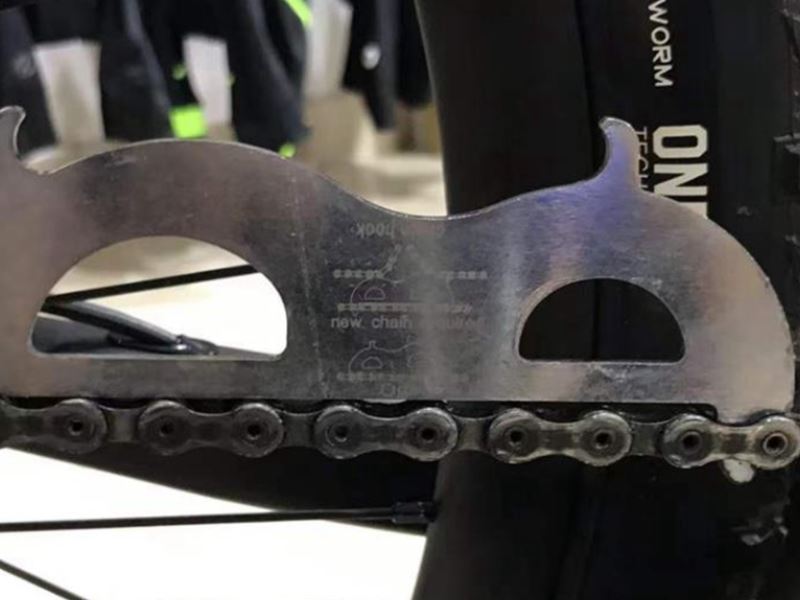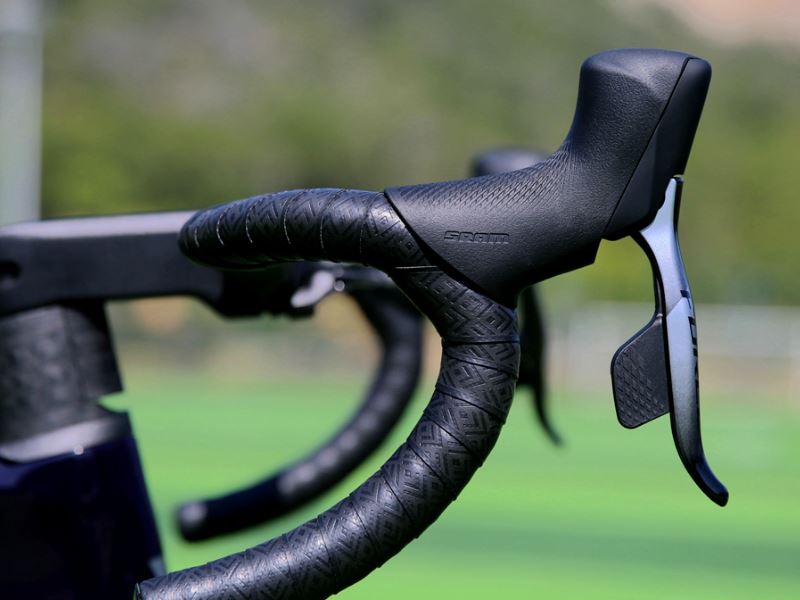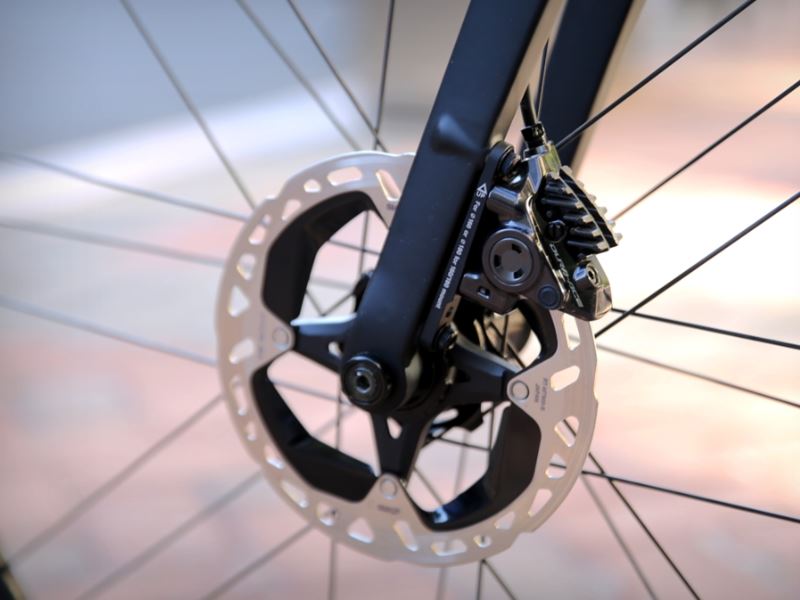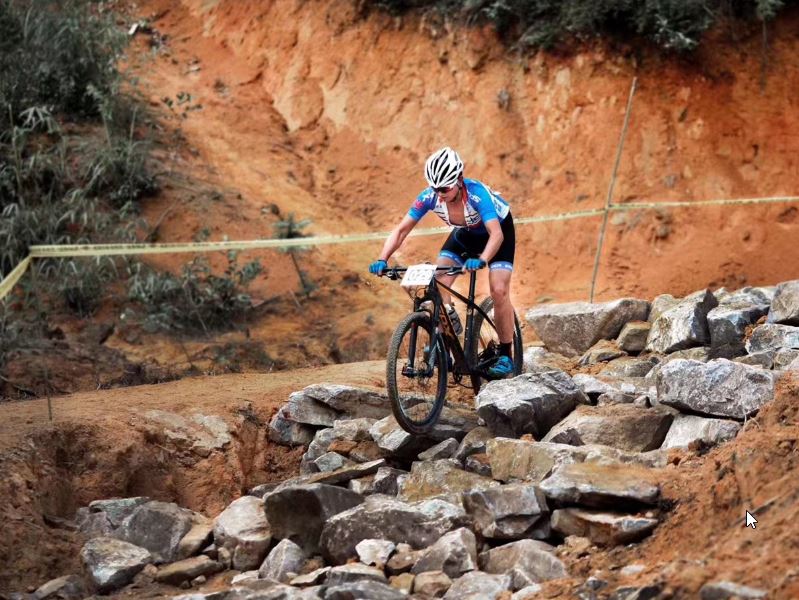by Tiffanybikes
Share
by Tiffanybikes
Share
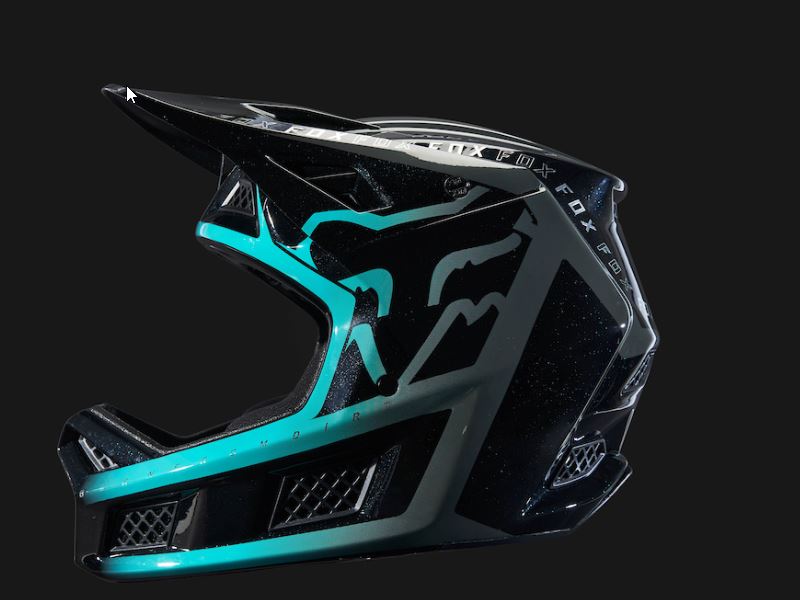
Not long ago, the Belgian helmet company Lazer launched KinetiCore technology through years of painstaking creation, and released a number of helmets using the new technology. Lazer claims that KinetiCore is the first fully integrated rotational impact protection technology. To understand this technology, you must first understand why the helmet includes rotational impact protection, and why does Lazer say it is fully integrated with this technology?
MIPS
We have to start with the most familiar MIPS. MIPS is the abbreviation of Multi-directional Impact Protection System. It was developed in 1996. The first MIPS prototype helmet was tested in 2000. The original MIPS Intended to make their own helmets, but now just license the technology to other helmet brands. Its concept is very simple. Generally, helmets only provide vertical impact protection and ignore the rotation caused by multi-angle impact. Rotational movement combines rotational energy (angular velocity) and rotational force caused by rotational acceleration, which together affect the brain and increase the risk of mild and severe brain injury, and studies have shown that rotational shock is one of the main causes of brain oscillations.
The key to the MIPS Air’s sliding bars is the low damping on the backside and the fixed rubber anchors.
By adding a low-resistance layer inside the helmet, MIPS allows the helmet liner to move 10-15mm in all directions. Don’t underestimate this free movement distance, and can redirect energy and force to the helmet instead of transmitting it to the brain. So MIPS is essentially that “plastic shell” or “plastic strip” inside the helmet that slides and is anchored to the helmet by the rubber strip. It is very smooth and has low friction, so it can slide in any direction relative to the helmet. There are many variants of MIPS, and there are MIPS Air, Evolve and Essential for bicycle helmets.
SPIN
The blue liner is filled with silicone and glides on.
Similar to MIPS is POC’s SPIN technology, except that POC replaces the MIPS slider with a silicone pad, because the silicone pad can slide in multiple directions, so it can absorb impact from any direction. To this end, MIPS and POC have a long-standing patent dispute, which has now been settled, and POC has also begun to use MIPS technology.
WaveCel
And Bontrager’s WaveCel was called “the most important bike change in 30 years” when it was released, adding a honeycomb-like layer of WaveCel to the inside of the helmet. Unlike MIPS, which just slides, WaveCel can “bend, crumple, and slide”. It is designed to be resistant to all types of shocks. More than just fighting rotational shock, the WaveCel is the equivalent of thickening the helmet’s EPS foam, but at the same time, the weight has also increased significantly, so Bontrager still retains the helmet with MIPS technology.
KinetiCore
The first three technologies all add structure within the EPS foam layer of the helmet, which is not the case with Lazer’s KinetiCore. Helmets need to eliminate both direct and rotational shocks caused by a crash for optimal protection, but adding materials to a helmet will always result in a reduction in other properties (such as weight, ventilation, comfort, etc.). KinetiCore eliminates the negative effects of adding extra material and maintains the helmet’s highest level of protection, performance and comfort.
To resist rotational shock, there needs to be some sliding between the head and the helmet. How does KinetiCore do it without adding extra material? It creates a one-of-a-kind EPS foam “wrinkle zone” that removes the effects of all direct and rotational energy on the brain in a crash. By designing the shape of the EPS foam inside the helmet carefully, a series of raised nubs (crash buffers) known as controlled crumple zones redirect energy away from the head in any form of crash helmet. This streamlined design also reduces the amount of EPS foam used, thereby reducing helmet weight. No additional material means more airy, lighter and more comfortable.
KinetiCore may seem simpler than other anti-rotational shock technologies, but designing the shape, arrangement, and rigorous testing of EPS foam is not an easy task. KinetiCore does not add additional materials, and it is entirely based on structural design, but it is the most difficult, requiring a series of raised small blocks to be able to “controllably bend and compress”, which Lazer has been working on for many years. This is the world’s first fully integrated rotational impact protection technology while maintaining the performance of direct impact protection.
Will the EPS foam “wrinkle area” recover after compression? This question doesn’t make sense, the helmet needs to be replaced after a fall, it has done its job well, and it’s worth the price.
Which technology is better? It also depends on the specific helmet, the rotation protection technology is just the icing on the cake, and the performance of the helmet is determined by many aspects.
The “out-of-stock tide” brought about by the epidemic has made it difficult to find a bike in the cycling circle. Even if some brands can order a bike, the delivery time varies from a few months to more than half a year. There are many bike fans who can’t wait to turn their attention to […]
Whether you’re a big cyclist or a novice cyclist, who hasn’t made some mistakes on the bike? For example, when the new bike is installed, the vehicle accessories are installed incorrectly, the equipment model is not matched when the accessories are upgraded, the fault judgment is wrong, and there is wasted effort in disassembly and […]
With the full popularity of the disc brake system for road bikes, the road bike market has completely resolved the debate between disc brakes and rim brakes. It can be said that disc brakes have completely taken over the rim brakes. But in road disc brakes, there is another debate, so is it better to […]
Today, most mountain bikes on the market are equipped with front fork shock absorbers, and even many gravel bikes are equipped with micro-travel shock absorbers in order to cope with more complex road conditions. There is enough suspension travel on a bicycle to measure the bumps that the bicycle can absorb, so what kind of […]
